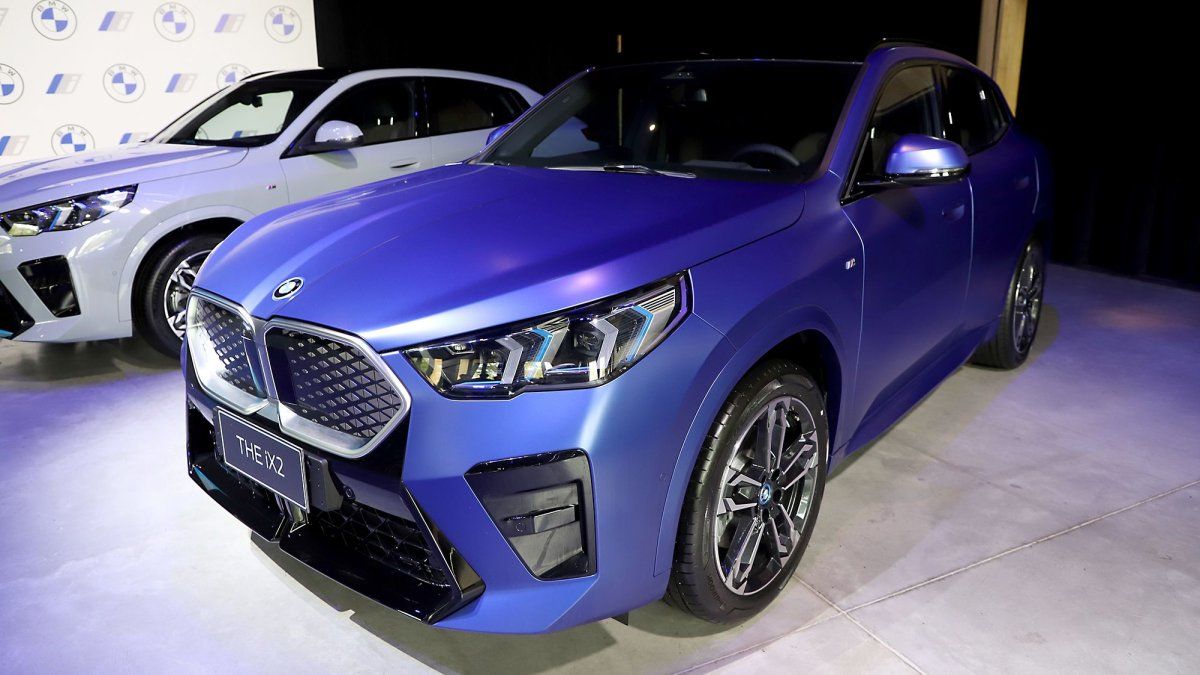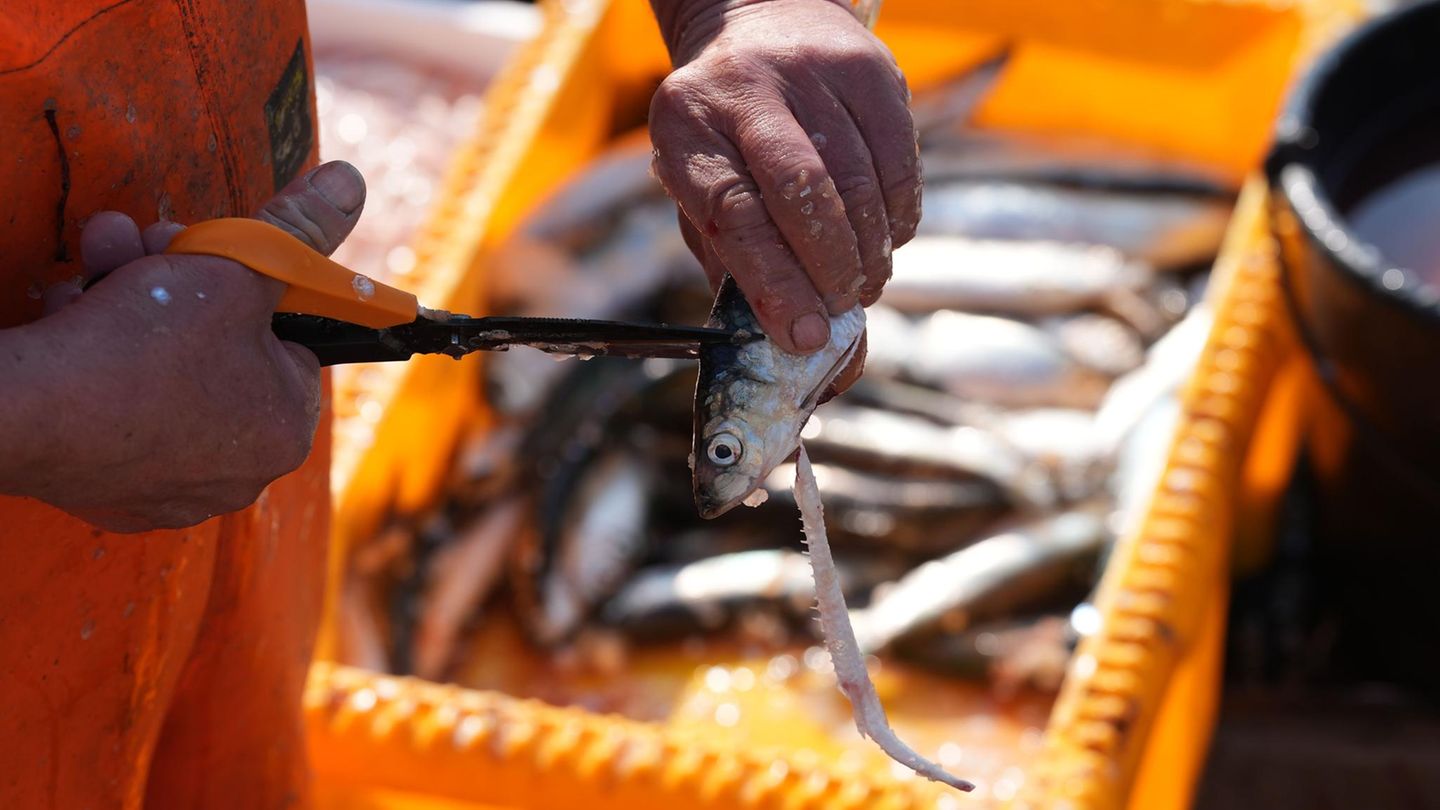Although there are still some issues to solve (such as the payment term for imports of cars which are being reduced, but it is not yet immediate), in general there is a more encouraging scenario.
This is reflected in the increase in the share of imported cars. While in the first nine months of last year only 34% of the models arrived from abroad, in the same period this year it is already at 43%but if the evolution of the last three months is taken, it is close to 50% because in the first part of the year the effect of the opening was not yet felt
According to industry estimates, next year it could reach 60% or more. In this way, we would return to the same relationship that existed before the government of Alberto Fernandez that established a strong import trap.
In this turn of the market there are brands that are benefiting from their growth in trading volume. It is true that, in many cases, we start from very low levels so the percentage increase is misleading, but for these companies the concrete thing is that their sales are growing strongly compared to the previous situation. That is, they bill much more.
It is good to keep in mind that There are three types of imported vehicles: those imported by factories located in the country to complete the range of the brand they produce, those imported by these automotive companies but they are brands that do not manufacture in the country and those imported by official distributors of brands that are not based.
To get an idea of the numbers, the imports made by the automotive companies associated with ADEFA represent 97% of total operations. This includes models to complete the range of national or brands from the same automotive group.
The rest of the market is operated by a varied number of brands grouped in CIDOA.
With this clarification it is interesting to see how the automotive ranking is made up and what are the main imported brands.
Taking the 0km patents until yesterday, the first seven sales positions are occupied by companies that manufacture in the country (Toyota, Volkswagen, Fiat, Peugeot, Ford, Renault and Chevrolet).
Only in the eighth place does an imported brand appear, but it belongs to the Stellantis group. It’s about Jeep. Then follow Mercedes-Benz, Citroën, Nissan and Iveco.
In 14th place is RAM and it is the same as the previous case. It is part of Stellantis, with industrial headquarters in Argentina. Honda, Audi (of the Volkswagen group) and Scania continue.
After all this platoon, the first independent imported brand appears that is not part of an established automotive company. It is the Chinese BAIC.
This brand is having a significant increase in its presence in the Argentine market, although still with low volumes. For example, so far in October, 75 units have been patented.
But it surpasses other more traditional brands such as Kia, which follows closely, with 69 patents in October.
From there there is a list of brands that complete the list. The order is as follows, with their units: BMW (64), Volvo (64), FOTON (58), Hyundai (57), Chery (31), DSFK (31), Haval (29), DS (26), JAC (22), Subaru (20), KYC (18), Hino (15), Alfa Romeo (12), Great Wall (15) and the rest, such as MINI, Shineray, Lexus, Mitsubishi, Suzuki, JMC, Isuzu, Porche, Jetour and Changan, among other brands, have less than 10 patented units in the month.
Source: Ambito
I’m a recent graduate of the University of Missouri with a degree in journalism. I started working as a news reporter for 24 Hours World about two years ago, and I’ve been writing articles ever since. My main focus is automotive news, but I’ve also written about politics, lifestyle, and entertainment.




